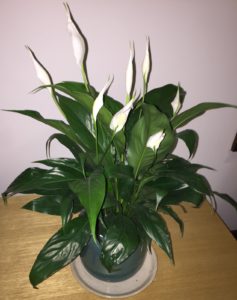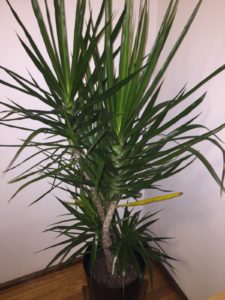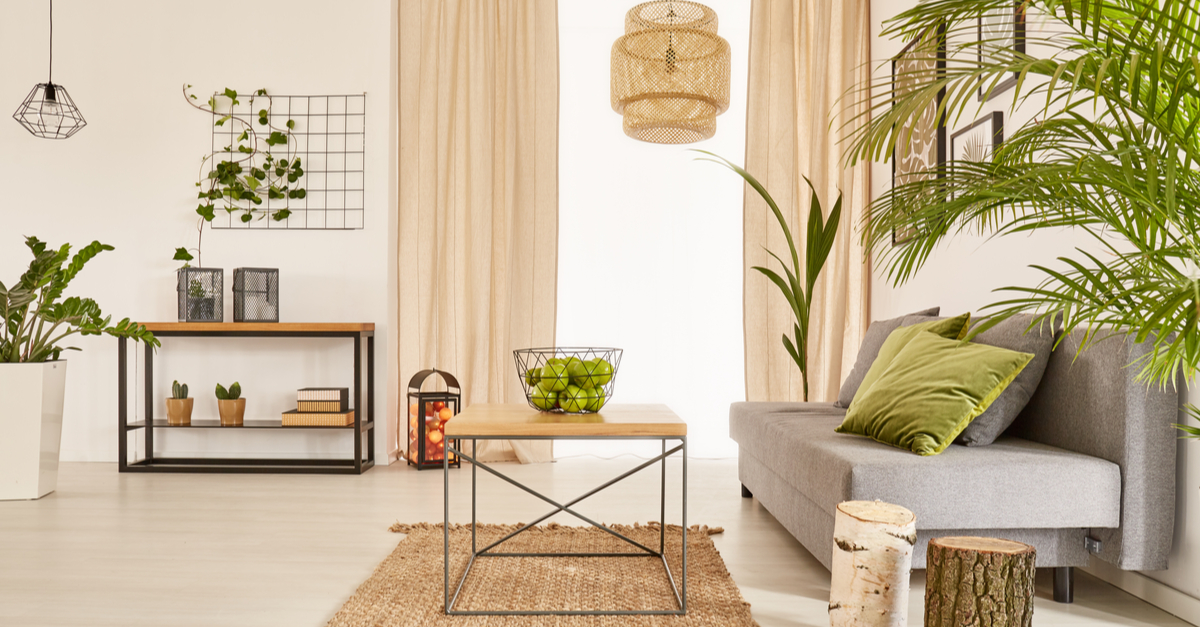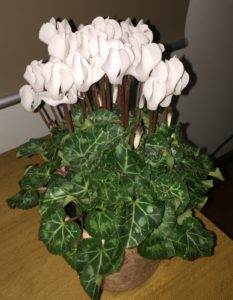Having plants inside your home is associated with an array of positive physical and psychological health benefits. Fortunately, you don’t need to be an experienced horticulturist or botanist to reap these benefits! I have recently moved to Australia, from Canada, and have just bought a handful of indoor plants that I feel literally enliven the house.
Some plants are very intolerant of the dry air, irregular watering, and less than ideal illumination. However, other plants are much more tolerant of these artificial conditions that pertain to indoor conditions. So even for those who are sure they suffer from some form of “Black Thumb”, most of the plants suggested in this article are extremely hardy, to the point where, if they died, you might actively try to kill them!
Peace Lily

Native to tropical regions of South-East Asia and the Americas, Spathiphyllum wallisii or Peace lilies, are a popular indoor plant because of how extremely hardy they are. A NASA clean air study found that Spathiphyllum is high on the list of plants that clear the air of benzene, formaldehyde, trichloroethane, and others.
The peace lily produces glossy dark green foliage, year round, and beautiful white flowers, that can provide some nice balance to an otherwise lifeless room.
The peace lily is a small plant, so it will be suitable for many places around the house. The plant thrives in all kinds of temperatures and it prefers not to be in direct sunlight.These features make it the perfect indoor plant.
Rubber Plant

Endemic to South and South-East Asia, Ficus elastica, rubber fig, or the rubber plant, are a very popular indoor houseplant. In its natural habitat, the plant can grow up to 30 meters tall, but inside will be limited by the size of the pot they are in.
The rubber plant produces broad leaves that have a shiny quality to them, that feel think and substantial to the touch. Most commonly, the leaves are green but the so called black prince or burgundy varty has beautiful red leaves that are almost black.
The plant is also very easy to care for and will grow well without direct sunlight. They should be watered once the soil is dry to the touch.
Maidenhair Fern

This plant is native to tropical and subtropical South America and known as Adiantum raddianum or the Delta maidenhair fern.
The plant gets its name from its dark leafstalks that resemble human hair. Its leaves are heart-shaped and are very delicate.
This plant prefers a bit of shade, so avoid un-filtered sunlight. They need to be watered frequently and the soil should never dry out. Apparently they thrive in higher humidity conditions and would be best suited for a terrarium or conservatory.
Cyclamen
Cyclamen persicum is a flowering perennial that is native to Turkey, Lebanon, Syria, and Palestine.
Their small form factor makes them an easy addition to a potentially cluttered space. They have bright coloured flowers, in a variety of colours, including white, red, light-pink, and dark-pink. They have glossy green leaves with a white inlay that are almost as attractive as the flowers themselves.
These plants will manage without direct sunlight, although the room should be reasonably bright. They should be watered once the soil is dry to the touch.
Yucca

Yuccas have apparently become a popular modern plant. The indoor variety is known as known as Yucca Elephantipes.
They are much larger than the other plant species mentioned above. With their large size and striking bunches of sharp-looking leaves, they can be a great way to fill empty space in a beautiful way.
They prefer as much sun as possible but less bright conditions are conducive to a slower growth, which itself may be an advantage. The soil should be dry between waterings.
I think it’s well worth the effort of learning a bit about indoor plants, to bringing some life into your home. Many species are very hardy and if you choose one of these plants require very minimal levels of car. Having your plants can be very psychologically rewarding.


